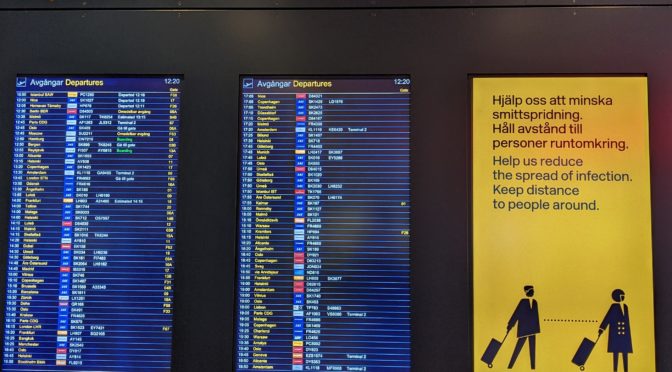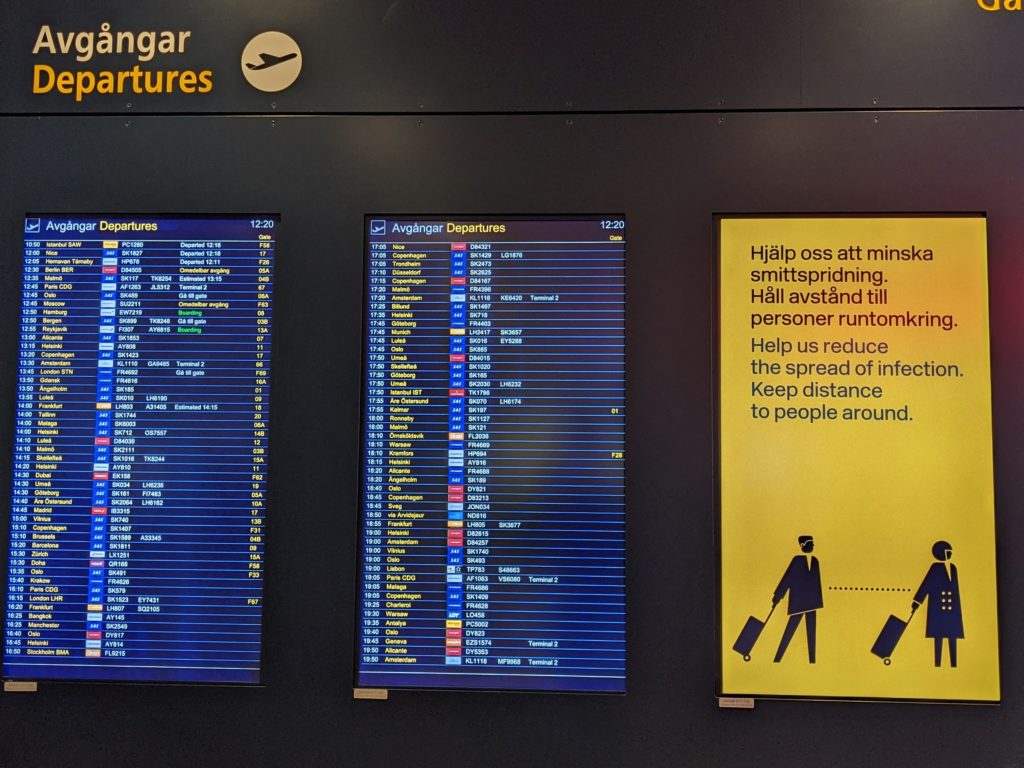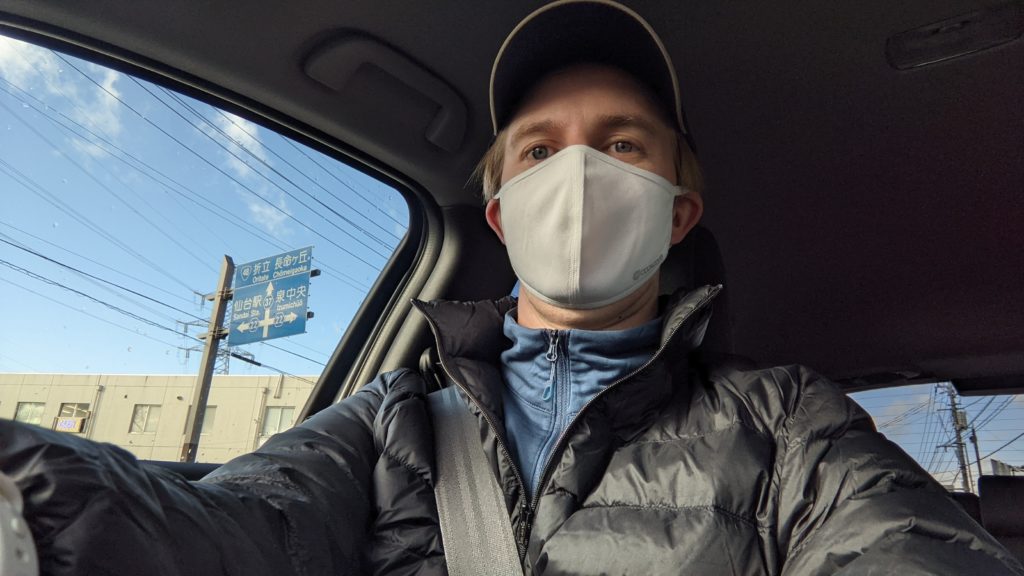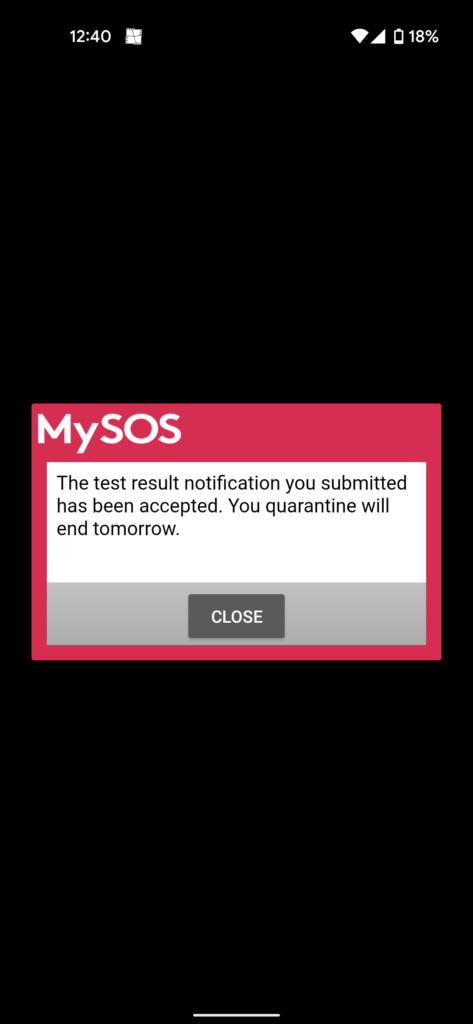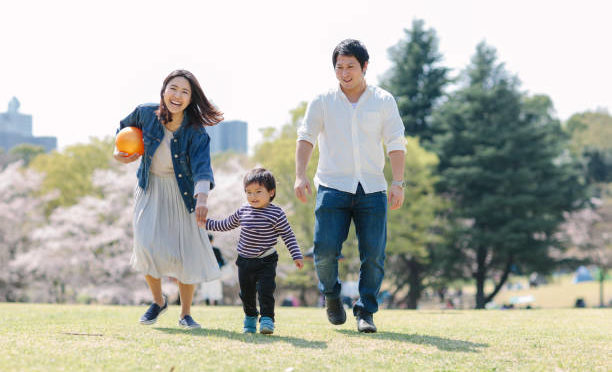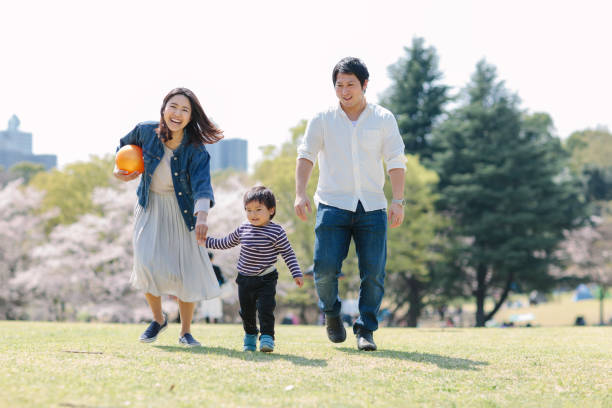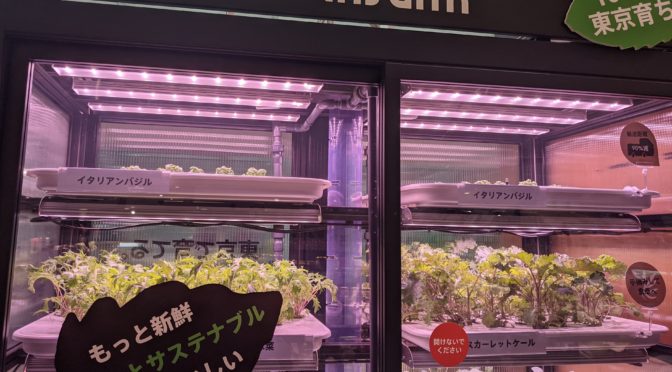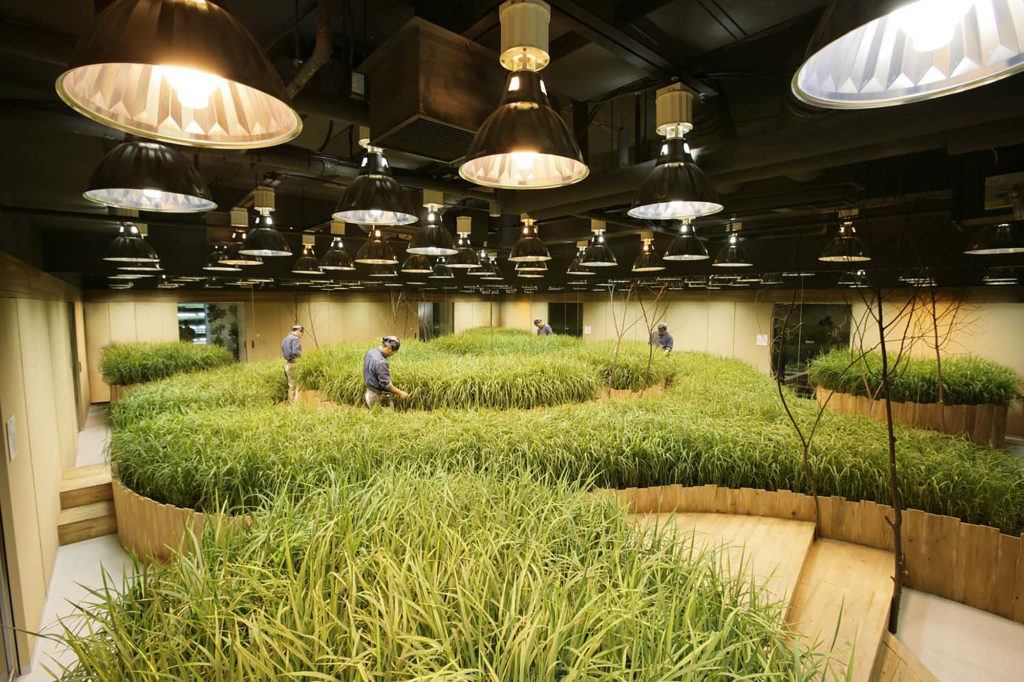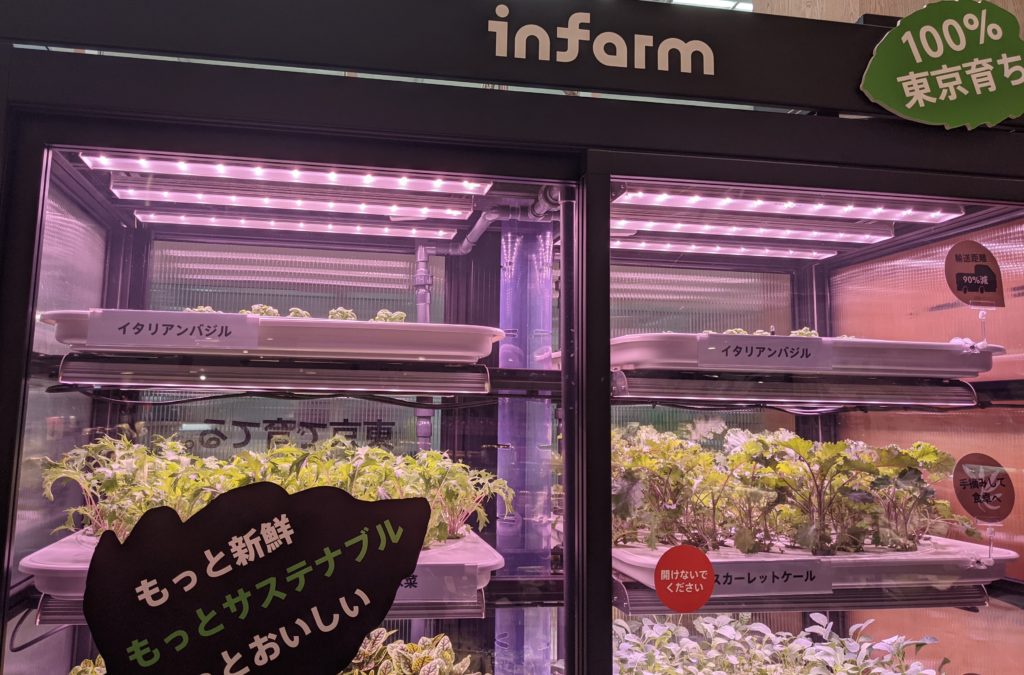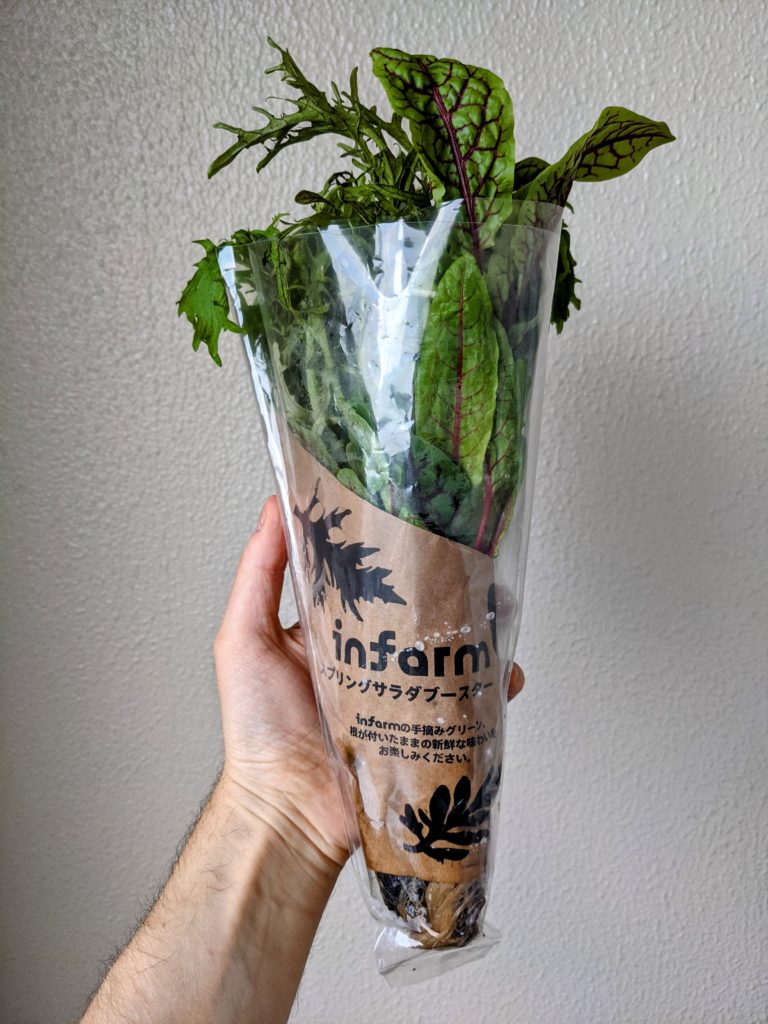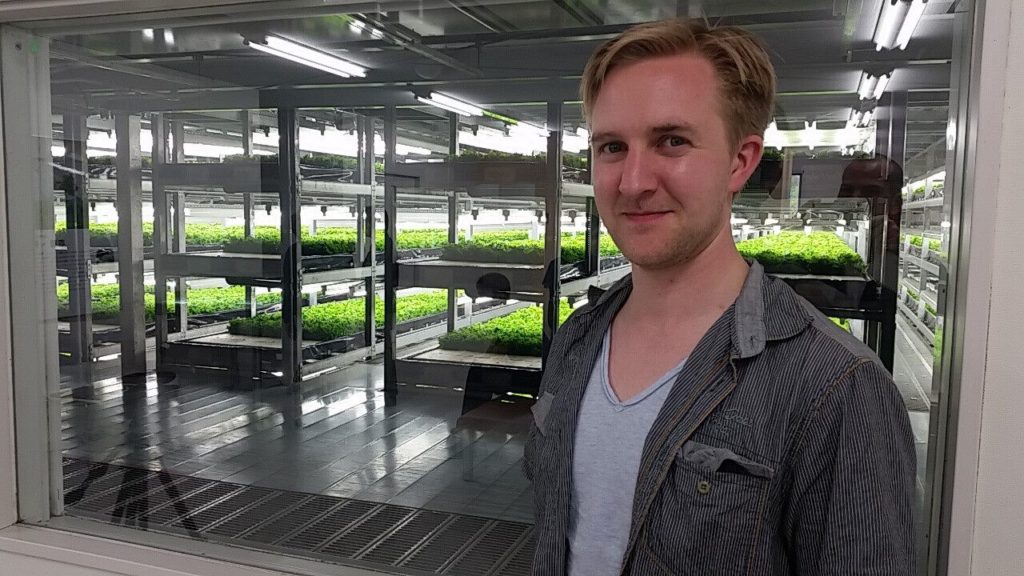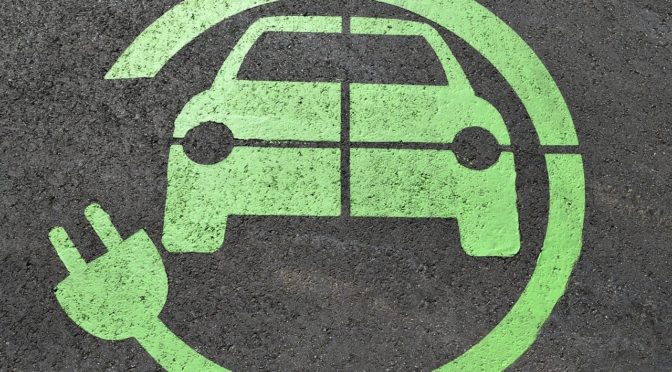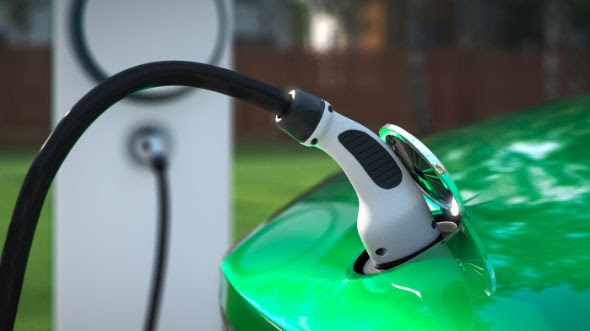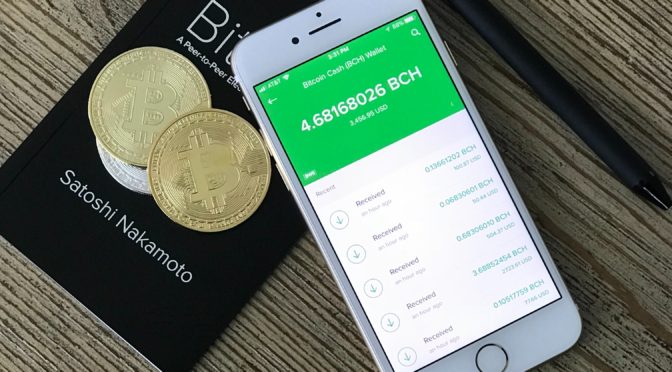I’d like to share my experience going to Sweden and back to again Japan during the covid19 pandemic. The background is that it’s easy to get confused about covid19 vaccines, PCR tests, quarantine, and the ever-changing rules. I had already arranged to take November off from work and I felt a visit to the motherland was overdue. Here is a brief overview of what happened.
Travelling from Japan to Sweden
I decided to visit Sweden for 10 days and no other countries. Necessary preparations were minimal. The Finnair staff in Narita prompted me to show my vaccine passport, which I didn’t have. Instead, I showed the vaccine certificate that was issued by my municipality in Japan and explained that a vaccine passport is not necessary for Sweden as a citizen. After about 10 minutes of checking her monitor, she accepted and checked me in.
Entering the airplane I noticed the passenger capacity utilization was only about 10%! Arriving into the EU from Helsinki and transferring to Stockholm was a breeze and there were no quarantine or PCR tests needed. There is however a recommendation to take a PCR test if you feel under the weather, that’s it.
Travelling from Sweden to Japan
This is where the fun part starts. Returning to Japan was rather complicated with lots of steps to go through.
To be let back into Japan, I had to prepare a negative PCR test 72 hours before arriving in Japan. This document had to be signed by an MD in a “Valid Format” pre-defined by the Japanese government. Luckily for me, the ExpressCare clinic at Arlanda Airport had a 24h PCR testing service with I used. I took the test the day before traveling and got the result back after about 4 hours. Setback 1950 SEK.
After arriving in Helsinki I had to show the PCR test results to the Finnair staff before they let me into the plane. Arriving in Japan, I went through a thorough process with many steps and people checking my documents at various places at the Airport. It was quite nice to stretch my legs after the long flight. This process took about two hours, including another PCR test (free of charge). I also submitted a “written pledge“, where I promised to follow a set of rules during my quarantine, else I could risk my visa status.
Worth noting is that a Japan-approved two-times vaccination was necessary to be let inside. I also downloaded two apps at one of the many check stations, a questionnaire, and another app called ”mysos” that would track my location during the following 10-day quarantine.
Quarantine in Japan
Since Sweden is regarded as a relatively safe country, a 14 day home quarantine was mandated. Traveling with common transport was not allowed so I opted to rent a car at Narita and drive to my quarantine location. Orix rent a car had a one-way drive service. Also worth notice is that the quarantine location doesn’t necessarily need to be your own house, but other places are also acceptable. Arriving at the location I “checked in” with the mysos app.
Quarantine day 1 starts the day after the check-in. Once per day I got a 30-second video call from an AI (that, unfortunately, didn’t speak to me), where I simultaneously had to show the background so it could somehow verify my quarantine location. Except for that 2-3 times per day, I also reported my location when a notification popped up, and also once per day reported my “health status”.
On the 9th day of the quarantine, I got a message that there is a possibility for reduced quarantine time if you can show a negative PCR test and upload it on the 10th day. After reserving a slot at a government-approved nearby clinic I went there and got the negative test back by email after about 3 hours. I took a screenshot of this certificate and uploaded it into the “mysos” app. After about an hour I got a message that my quarantine time had been reduced from 14 to 10 days. Setback 28 000 JPY.
This message marked the end of my quarantine and I finally became a free man again!
